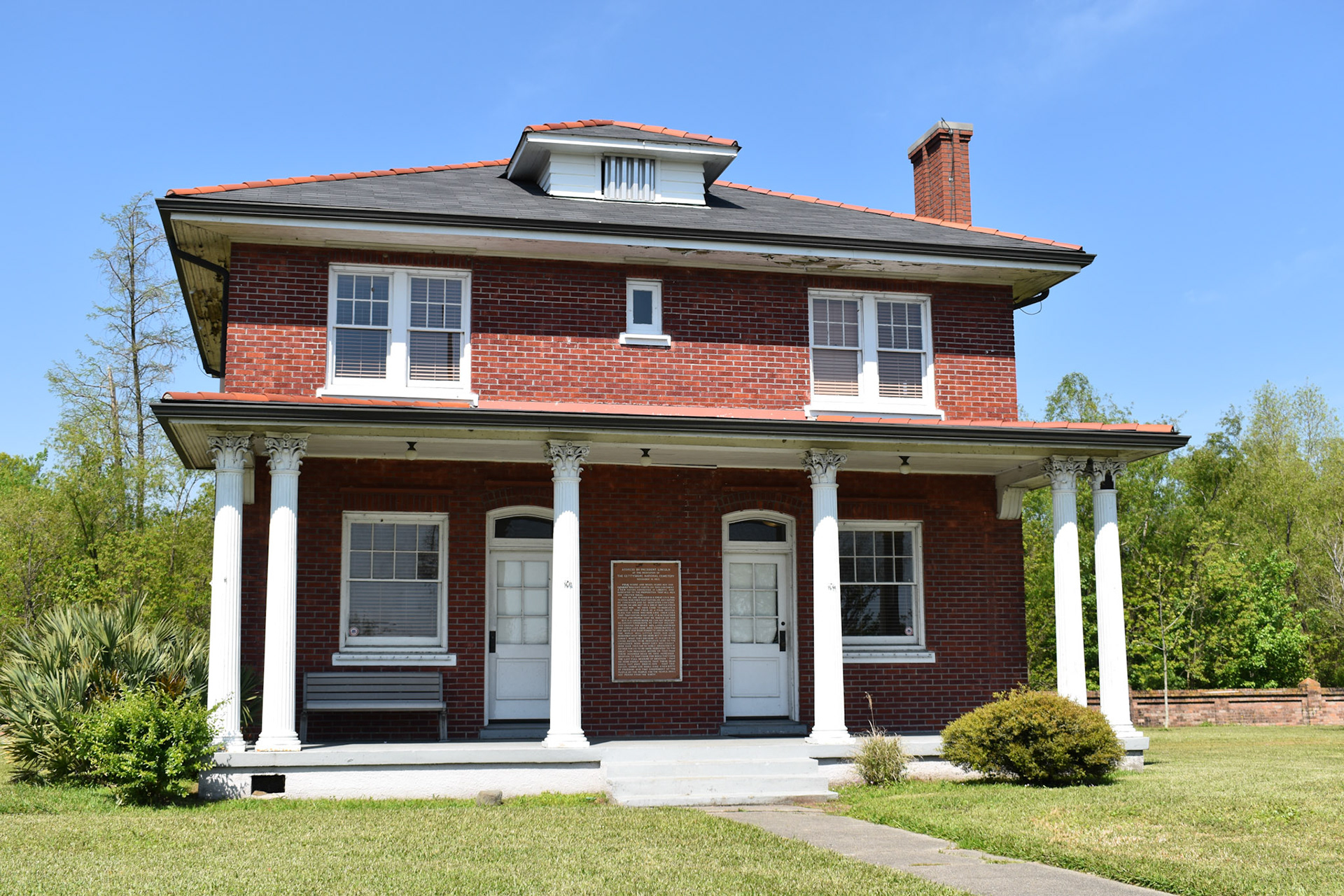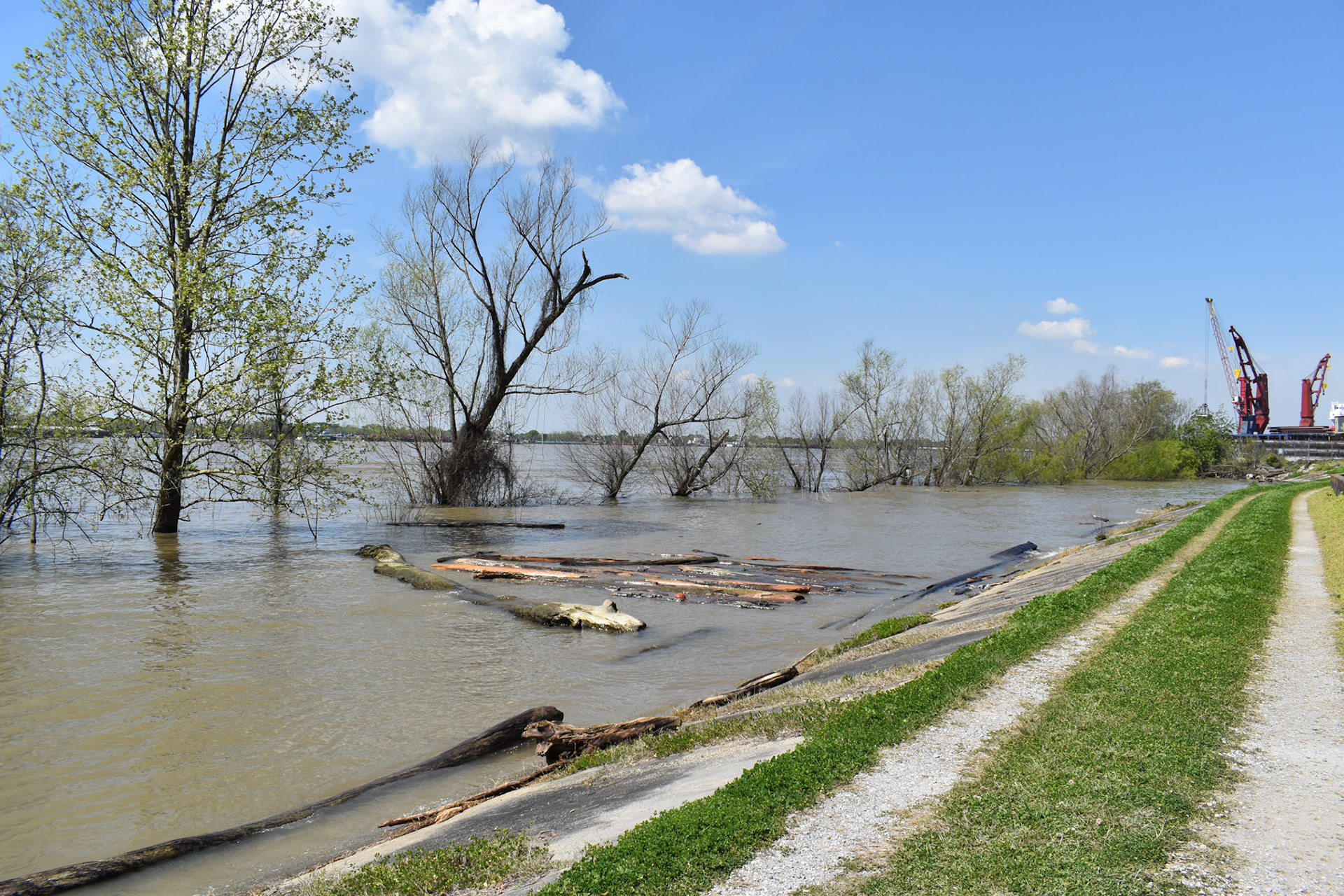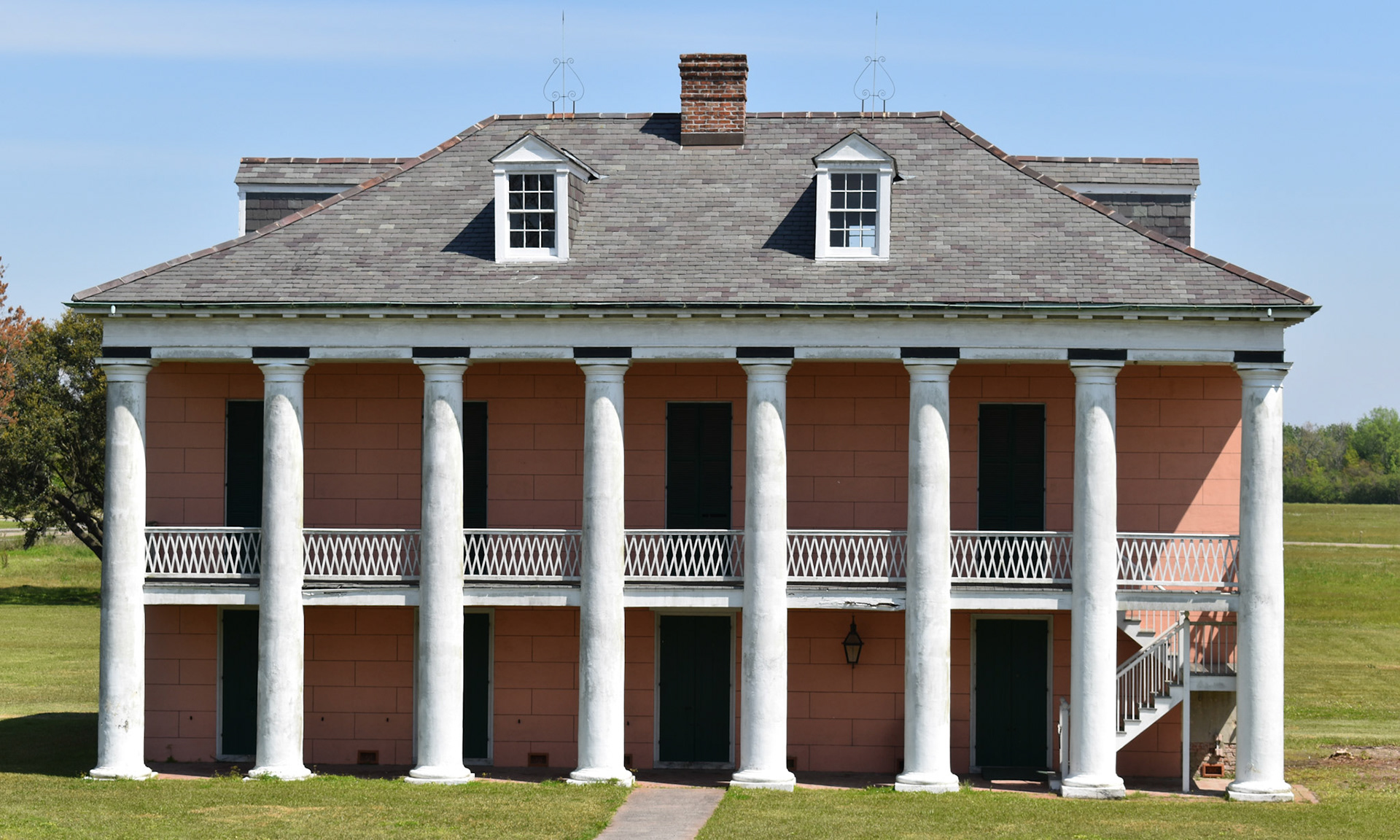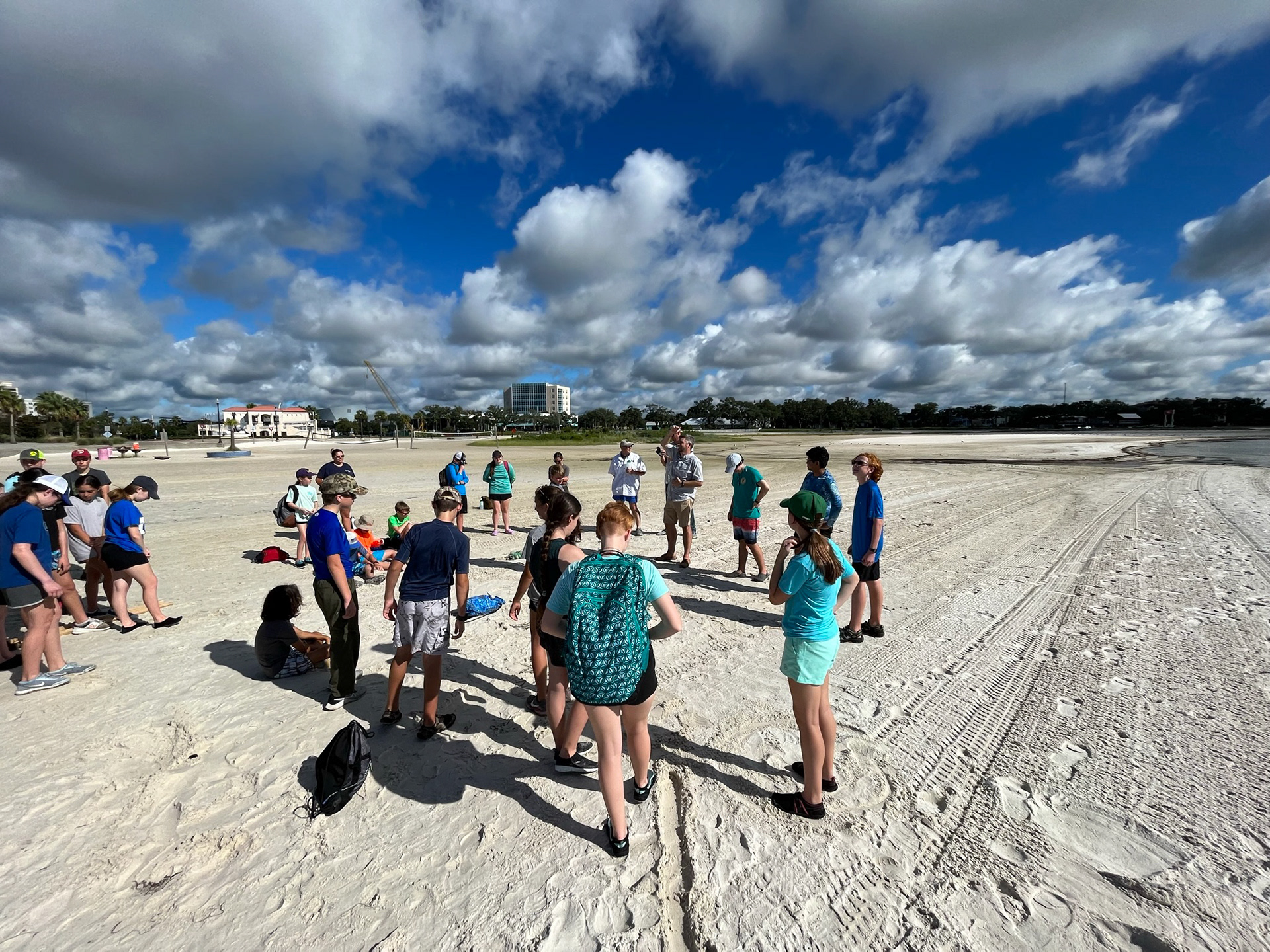Directly across and downriver from downtown New Orleans in Chalmette Louisiana is the location of the Battle of New Orleans which took place January 8, 1815: It is believed that this was the last major battle in the War of 1812 (between the United States and Britain).
The American victory at the Battle of New Orleans soon became the over-arching symbol of American democracy winning out over European aristocracy and entitlement.
Commanding an all-volunteer army, the most diverse ever to have served our nation, including slaves, free men of color, pirates, Native Americans, and other non-professional soldiers many of whom volunteered at the last minute, an army assembled by General Andrew Jackson soundly defeated the superior veteran British forces. For decades thereafter Americans celebrated January 8 as a national holiday, much like the traditional celebrations for the Fourth of July.
The original plantation, purchased by Ignace Francois Martin de Lino de Chalmet in1805 included the main house, a sugar mill and a wharf which were all destroyed before or during the battle by American forces under Jackson, in order to keep the structures from being used by British Forces.
The Rodriguez and Macarty plantations were used as the American camp and command center during the Battle of New Orleans. The upper floors of the Macarty house were used by General Andrew Jackson as his headquarters and as an observation post, which allowed him to closely monitor the movement of British forces and relay orders to the American infantry and artillery. The American defensive positions were built on the Rodriguez plantation. Both the Rodriguez Plantation and McArty House suffered massive damage, partially from artillery fire but initially because the Americans cleared trees and vegetation to set up camp and to construct defenses
Rene Beauregard House, (Malus-Beauregard House) existing on the site today is an example of a 1830s porticoed mansion, is an example of French-Louisiana architecture, overlooking the battlefield for the Battle of New Orleans.
The land on which the house is located is part of the original Chalmette Plantation but was later subdivided and sold off in 1832. In 1880, the property was purchased by Judge Rene' Beauregard until 1904 when it was acquired by The National Park Service in 1949.
In the battle, the British lost several thousand of their elite troops, including their commanding officer, General Edward Pakenham. The Americans suffered only about a dozen casualties.
Chalmette National Cemetery
"Established in May 1864 as a final resting place for Union soldiers who died in Louisiana during the Civil War, Chalmette National Cemetery's more than 14,000 headstones mark the gravesites of veterans of the Spanish-American War, World Wars I and II, and the Vietnam War. Four Americans who fought in the War of 1812 are buried here, though only one of them took part in the Battle of New Orleans. The national cemetery is located on the site of the Battle of New Orleans in 1815, next to Chalmette Battlefield." Chalmette National Cemetery - Jean Lafitte National ... (n.d.). Retrieved from https://www.nps.gov/jela/chalmette-national-cemetery.htm
Location and Visitors Information
8606 West St. Bernard Highway, Chalmette
504-281-0510
Visitor center hours: The battlefield visitor center is open 9:00 a.m.-4:00 p.m. Monday-Sunday. The visitor center is closed on Mardi Gras (Tuesday, March 5, in 2019) and on federal holidays except for Memorial Day and Veterans Day, when it is open regular hours of 9:00 a.m.-4:00 p.m.
Entrance gates hours: Gates at the battlefield and at Chalmette National Cemetery (just downriver from the battlefield) are open 9:00 a.m.-4:00 p.m. Monday-Sunday. On federal holidays, gates are open 9:30 a.m.-3:30 p.m., except for Memorial Day and Veterans Day, when gates are open 9:00 a.m.-4:00 p.m. On Mardi Gras (Tuesday, March 5, in 2019), the battlefield is completely closed but the national cemetery is open 9:30 a.m.-3:30 p.m.

























